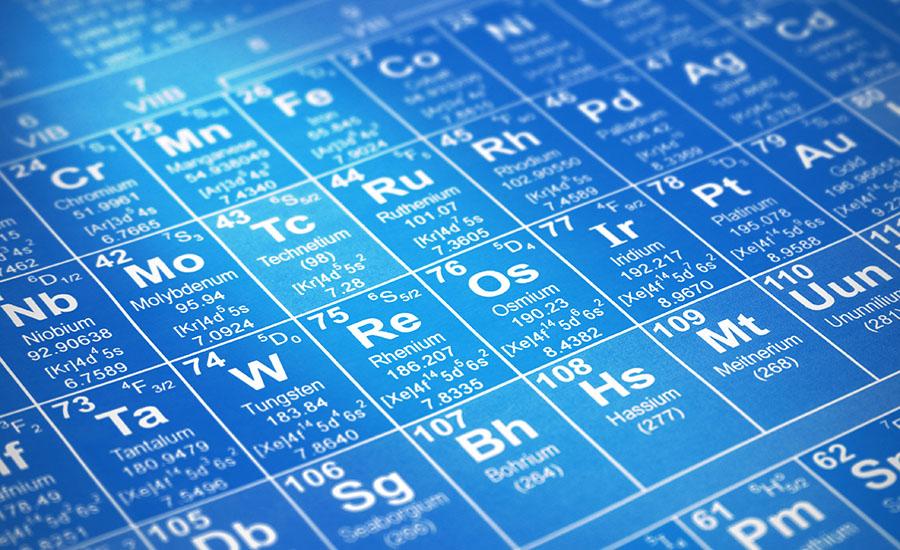
Plant Pigment Spectrophotometry: Measuring Pigment Absorbance in Flowers and Leaves
In this lesson students explore the relationship between pigmentation and light absorbance. Students will use a spectrophotometer to analyze pigment samples and record the absorption spectrum for pigments found in leaves and flowers. Students work in groups to analyze samples and discuss the relationship between the colors of leaves and flowers, the pigments they contain, and the light they absorb or reflect. This lesson can be done as a stand alone lesson if pigments are available, but requires the separation of pigments beforehand and functions best as a follow up to the plant pigment chromatography lesson.
Lesson Plan Link/URL
https://docs.google.com/presentation/d/1wyeeHhTEyqnay_rsgGqy_sTzrwvdV9-BMX63Me_…Subject Area
Science Physical Science P4: Energy Transfer Life Science L2: Organisms & Energy Technology 1. Empowered Learner Mathematics Measurement and Data (MD)Related Content

This set of lessons allows students to model the decay chains of radioactive isotopes and relate the mathematical patterns and scientific concepts together in a innovative and interactive way.

In this lesson, students uses a PhET simulation to investigate the types of energy and its conservation. They then perform an actual experiment to prove or disprove their findings from the simulation.

Students begin by using the Google Sunroof website to compare the cost/benefits of installing solar panels on a home's roof using different financial methods- buying, leasing and renting panels. After